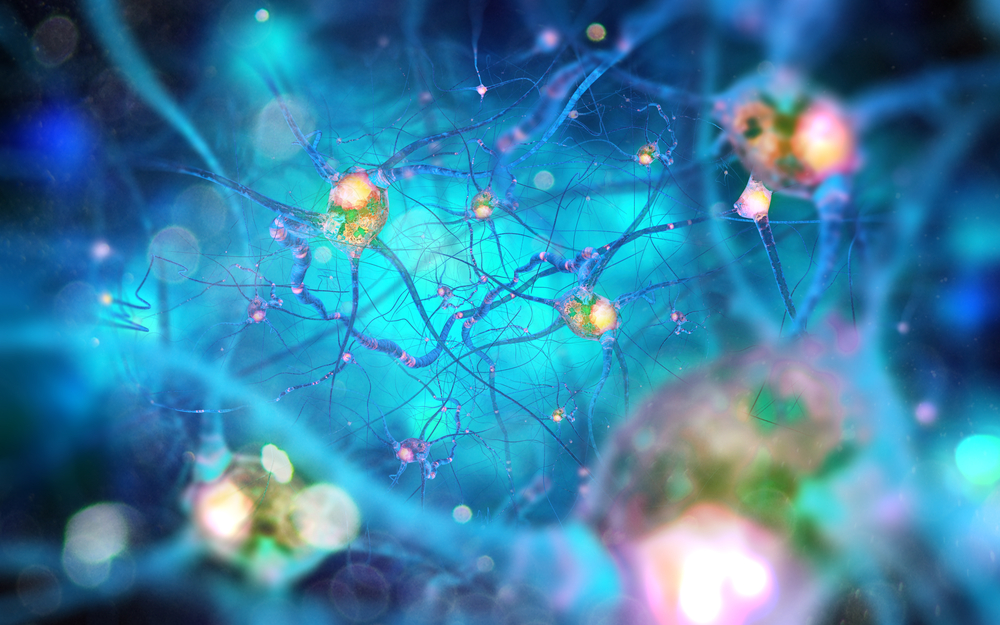2 Metabolic Pathways May Be Linked to Peripheral Neuropathy Onset in Parkinson’s

Andrii Vodolazhskyi/Shutterstock
Metabolic pathways involving uric acid and homocysteine may play a role in the onset of peripheral neuropathy in patients with Parkinson’s disease, a study suggests.
The study, “Peripheral Neuropathy in de novo Patients with Parkinson’s Disease,” was published in the Yonsei Medical Journal.
Peripheral neuropathy is a condition in which peripheral nerves — those found outside the brain and spinal cord — become damaged, often causing numbness, weakness, and pain in the body’s extremities.
Several studies have shown the incidence of peripheral neuropathy is higher among patients with Parkinson’s than in people from the general population. This is particularly striking among patients taking levodopa-based therapies — the main form of treatment for Parkinson’s — to keep their symptoms in check.
Although the exact mechanisms leading to the onset of peripheral neuropathy in patients taking these medications are still unclear, it has been proposed that some metabolic pathways involving certain vitamins and amino acids — the building blocks of proteins — may play a role.
“However, to date, little is known about the prevalence of [peripheral neuropathy] in [unmedicated patients with Parkinson’s],” the researchers wrote.
To shed more light on this, the researchers set out to assess the prevalence of peripheral neuropathy in unmedicated patients with Parkinson’s, as well as to identify possible metabolic pathways that could be involved in its onset.
The study included a total of 105 patients — 41 women and 64 men — with newly diagnosed Parkinson’s disease who were not taking any medications for their condition.
Nerve conduction tests — which measure the speed at which electrical signals travel along nerves — were performed in the upper and lower extremities of all study participants to assess the presence of peripheral neuropathy.
Investigators also collected blood samples to measure the levels of several metabolites that might play a role in the onset of peripheral neuropathy, including vitamin B12, the amino acid homocysteine, and the antioxidant molecule uric acid.
Of the 105 patients included in the study, 24 (22.8%) had abnormally low nerve conduction speeds that indicated the presence of peripheral neuropathy. In 20 of these patients, peripheral neuropathy affected both motor and sensory nerves located in the legs, while in the remaining four individuals, it affected only sensory (three patients) or motor nerves (one patient).
Sensory and motor nerves are those that are responsible for controlling sensation and movement in the arms and legs, respectively.
The team also identified the presence of carpal tunnel syndrome — a condition in which the compression of the median nerve, which runs down the arm to the hand, causes numbness, tingling, and weakness in the hands and fingers — in nine patients. Five of these patients also had the typical tremors that characterize Parkinson’s.
They then measured and compared the levels of vitamin B12, homocysteine, and uric acid in the subset of patients who had peripheral neuropathy with those who did not.
These analyses revealed that patients who had peripheral neuropathy had significantly higher levels of homocysteine — 12.6 vs. 11 micromoles per liter (mcmol/L) — and uric acid (5.3 vs. 4.6 mg/dL) in their blood, compared with those who did not have peripheral neuropathy.
Additionally, the team found that patients with peripheral neuropathy tended to have lower levels of vitamin B12 in their blood than those without the condition — 647.6 vs. 709.9 picograms per milliliter. However, differences in vitamin B12 levels between the two groups were not statistically significant.
“Our data demonstrated a potential role of [homocysteine] and [uric acid] on [peripheral neuropathy] in [unmedicated patients with Parkinson’s],” the researchers wrote, adding that “further long-term studies with a larger sample size” will be needed to confirm these findings.






